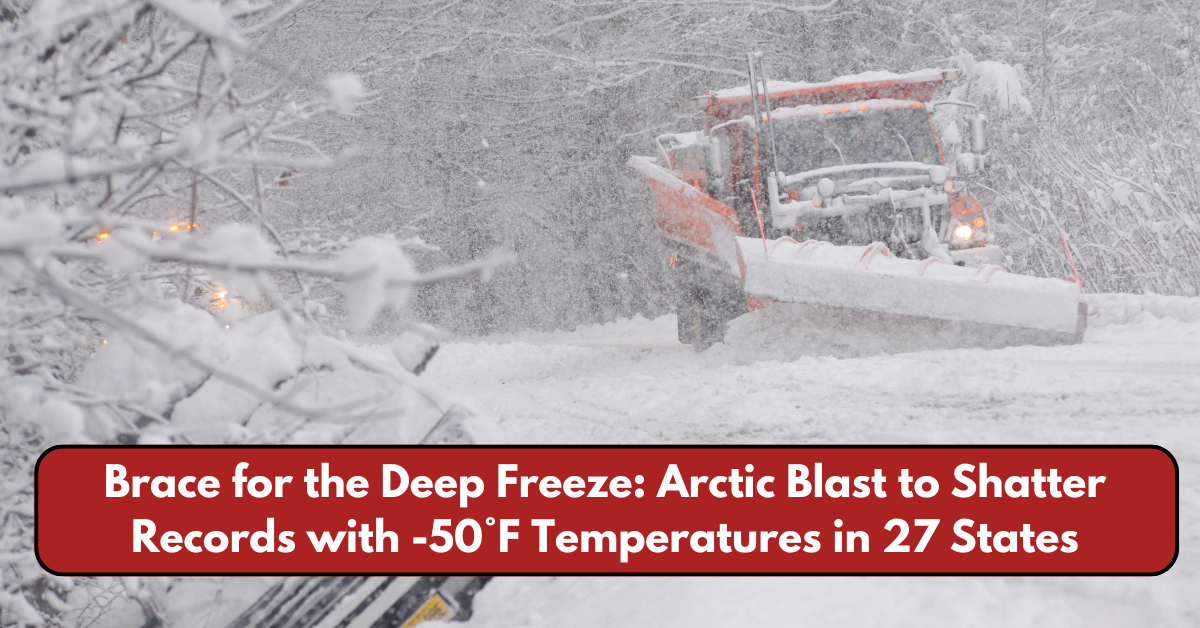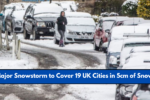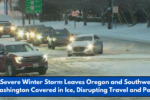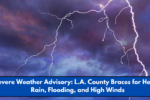As an Arctic blast sweeps across the United States, millions are bracing for what could be the coldest winter in decades. With temperatures plunging as low as -50°F in some areas, at least 27 states are expected to shatter records. The National Weather Service (NWS) has issued extreme cold warnings for over 93 million people, urging them to take precautions against the life-threatening conditions.
A Deep Freeze Gripping the Nation
The Arctic outbreak, caused by a powerful polar vortex, has already sent temperatures plummeting across the Midwest, Plains, and even parts of the South. According to the NWS (weather.gov), over 230 million Americans are currently experiencing below-freezing temperatures, with wind chills making conditions even more dangerous.
Among the hardest-hit areas is Glasgow, Montana, where wind chills have reached a staggering -51°F. Cities such as Kansas City, Omaha, Des Moines, and Minneapolis are also seeing wind chills dipping below -20°F. Even states unaccustomed to such extreme cold, including Texas, Louisiana, Mississippi, and Alabama, are experiencing record-low temperatures.
“This is one of the most widespread and intense Arctic outbreaks we’ve seen in years,” said a meteorologist from the National Oceanic and Atmospheric Administration (NOAA) (noaa.gov). “The wind chills alone pose a serious risk of frostbite and hypothermia in just minutes.”
Dangerous Conditions on the Roads
The severe cold has led to treacherous travel conditions across several states. In North Carolina, a massive pileup on Interstate 40 involving 53 vehicles left one person dead and multiple others injured. Authorities reported over 1,200 accidents statewide due to icy roads. Similarly, Virginia State Police responded to over 800 crashes, 45 of which resulted in injuries.
“Driving in these conditions is extremely hazardous,” said a spokesperson from the Federal Highway Administration (fhwa.dot.gov). “If you must travel, ensure your vehicle is winter-ready and carry emergency supplies.”
Energy and Infrastructure Struggles
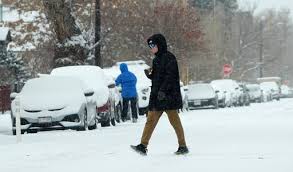
With such extreme temperatures, energy demand has surged, leading to concerns over power outages. In Texas, where a similar freeze in 2021 caused a catastrophic grid failure, utility companies are closely monitoring the situation. The Electric Reliability Council of Texas (ERCOT) has issued advisories urging residents to conserve electricity to prevent blackouts.
“We are prepared for the worst, but conservation efforts can help ensure stability,” ERCOT officials said in a statement (ercot.com).
Health Risks and Safety Measures
With such bitter cold, frostbite and hypothermia are serious risks. The Centers for Disease Control and Prevention (CDC) warns that frostbite can occur within minutes in subzero temperatures, particularly on exposed skin. Symptoms include numbness, white or grayish-yellow skin, and a waxy texture.
To stay safe, the CDC (cdc.gov) recommends:
- Wearing multiple layers of clothing, including insulated gloves and hats.
- Staying indoors as much as possible.
- Keeping homes heated to at least 68°F.
- Checking on vulnerable individuals, including the elderly and those with medical conditions.
Relief May Be on the Way
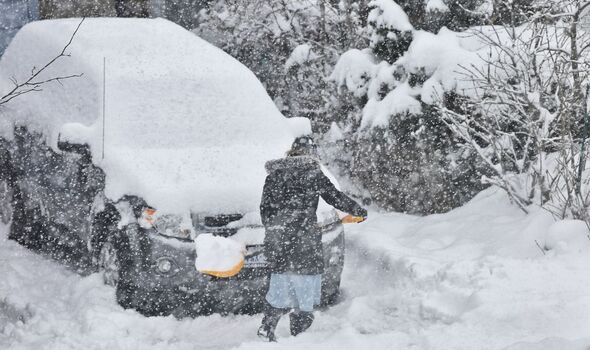
The good news is that forecasters expect temperatures to begin moderating by the weekend. By Sunday, much of the country will experience a noticeable warm-up, although some regions may still see lingering effects of the cold snap.
“Once the Arctic air mass moves eastward, temperatures will start to rebound,” NOAA meteorologists predict. However, they caution that another cold wave could follow later in the season.
Final Thoughts
This Arctic blast serves as a stark reminder of the power of extreme weather. As temperatures continue to plunge, staying informed and prepared is crucial. Officials urge residents to monitor weather updates from the NWS and take necessary precautions to protect themselves and their families.
For the latest updates, visit weather.gov and check local advisories in your area.
This article has been carefully fact-checked by our editorial team to ensure accuracy and eliminate any misleading information. We are committed to maintaining the highest standards of integrity in our content.

Premlata is a seasoned finance writer with a keen eye for unraveling complex global financial systems. From government benefits to energy rebates and recruitment trends, she empowers readers with actionable insights and clarity. When she’s not crafting impactful articles, you can find her sharing her expertise on LinkedIn or connecting via email at [email protected].

